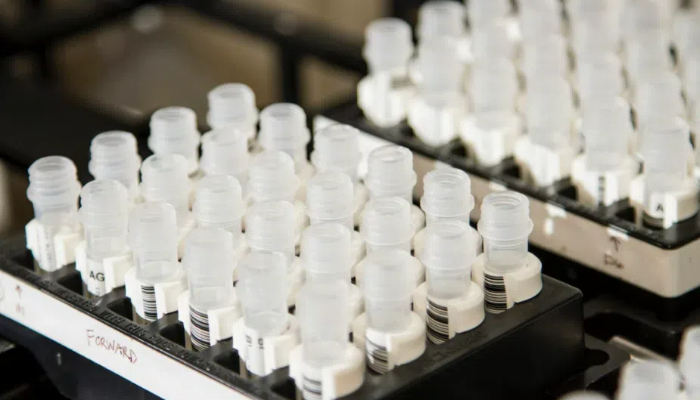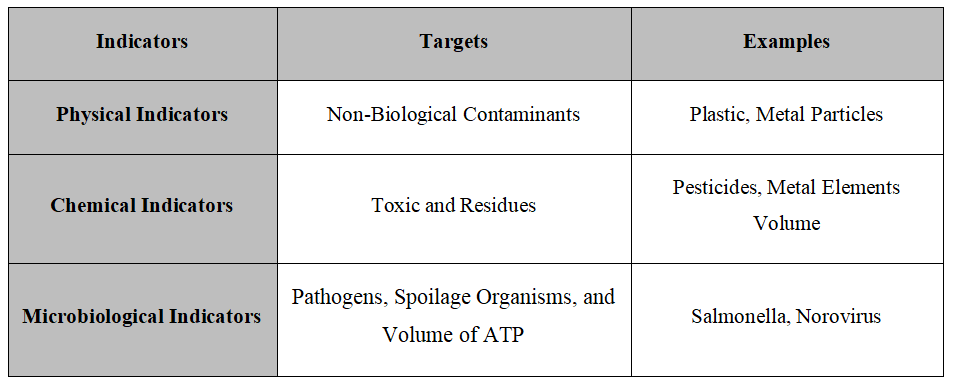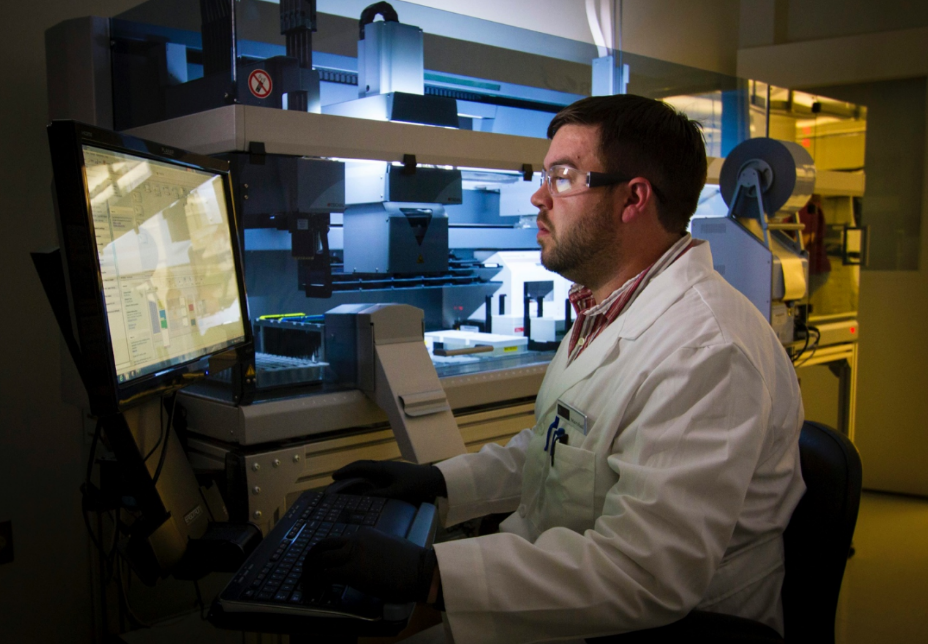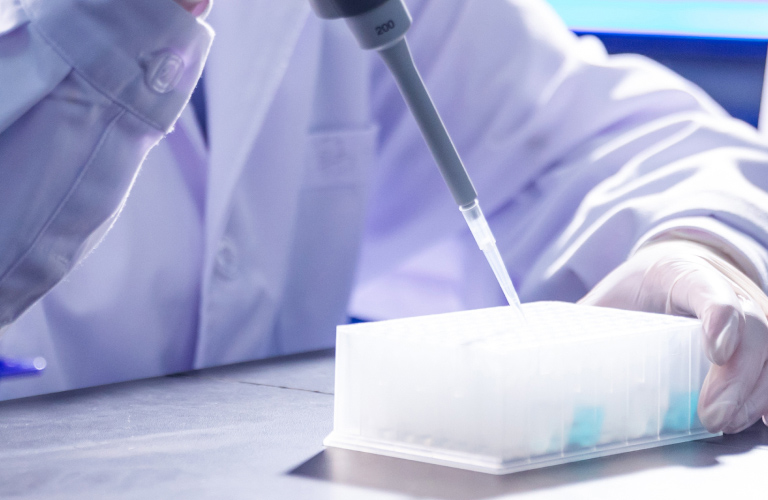Research labs play a critical role in ensuring food quality so that consumers can have a healthy eating environment. They use microbiological and chemical testing to determine whether the food contains microbes or pathogens. It is their utmost responsibility to maintain a healthy food supply chain by detecting hazards and meeting safety standards. This food safety monitoring helps reduce the risk of foodborne diseases and retrain consumer trust.
So, in today’s article, we are going to provide a detailed guide on how they carry out effective monitoring for high standards of the food, seeing what mission, indicator, and methods for food safety monitoring in labs.

The mission of Food Safety Monitoring in Lab
The primary purpose of lab researchers in food safety monitoring is to ensure that all food products are safe to consume. It involves various detection methods, preventive measures, and expertise to check contamination.
So, the ultimate mission is to identify the risks before letting them reach the market, assessing the chemical and biological hazards in food during distribution. It includes knowledge of identification, detecting methods, analysis, monitoring, and extracting reports. Along with detecting hazards, labs also help in preventing contamination during food production.
Besides, they also ensure the whole process follows the set standards of food safety and regulations, like the FDA, EFSA, etc.
They also check and analyze previous statistics and reports to avoid future hazards and potential risks. The safe food standards are set by authorities.
Key Indicators of Food Safety Monitoring
Food safety monitoring or testing commonly examines food chemical composition, the presence of pathogens, physical properties, and the potential for unsafe ingredients. Lab researchers use specific measures to check the contamination or hazards in food. Here are the key indicators that determine how safe the food is for consumption.

Microorganisms in Food Safety Concerns
Compared to other contaminations, microorganisms multiply, cause foul odor in the food, and show spoilage signs. Infections occur when you eat the contaminated food, and bacteria continue to multiply in your gastrointestinal system. It could render 128,000 hospitalized, and even 3,000 die every year in the United States. Patients always have the following symptoms:
Fever
Nausea or Vomiting
Diarrhea & Stomach Cramping
As a result, undergoing food safety monitoring aims to find out the cause of foodborne illness. More importantly, it is a kind of social responsibility to ensure public health.

Monitoring Tools for Microbicidal Indicators of Food Safety
For food safety monitoring, there are tools that lab researchers use to detect and test microbicidal indicators. These help them have an estimation of the microbes and ATP count in the food. Here are the tools and their usage in food monitoring:
1. Microscopy
Food contamination is detected with various analysis methods because of safety reasons. For this analysis, the lab researchers use microscopy, a device to identify microorganisms in prepared food. It allows a direct look at bacteria, yeast, molds, and other contamination.
Different microscopes are used to identify different microbial contamination that are as follows:
· Stereo Microscopes: Used for spotting foreign materials in food at low magnification.
· Polarizing Microscope: Identifies microbes in fatty or fibrous foods.
· Fluorescence Microscope: Detects bacteria like Staphylococcus aureus and E. coli using gram staining.
· Scanning Electron Microscopes: Essential for examining high-fat or high-water foods and controlling moisture and pressure.
2. Total Plate Count (TPC) and Aerobic Plate Count (APC)
TPC is a method used to determine the total number of bacteria in a food sample, while APC is used as an indicator to tell the populations of bacteria in food samples. These serve as excellent indicators in food safety monitoring to determine the contamination and effectiveness of particles. Lab researchers use them for various stages in food production, from ingredients to the final product.
3. ATP Monitoring System
The ATP monitoring system is a device used to meet the ATP test standards of the given food sample. Because of the presence of ATP, these foods are more likely to be contaminated by microorganisms. When food is combined with chemicals in the sampler, a chemiluminescent reaction occurs that results in light. The amount of light decides how much ATP is present in the food.
Introducing Tianlong’s Biolum Portable ATP Monitoring System Pro
Our Tianlong’s Biolum Portable ATP Monitoring System Pro is a powerful and convenient ATP testing solution that can deliver accurate food safety monitoring results in labs. The key features of Biolum Portable ATP Monitoring System Pro are as follows:

Exceptional Sensitivity
Capable of detecting as little as 10-16 mol of ATP, the Biolum Portable ATP Monitoring System Pro offers unparalleled accuracy in assessing surface cleanliness, ensuring the highest standards of hygiene.
Rapid Verification
The Biolum Portable ATP Monitoring System Pro delivers swift sanitation verification, with each test completed in just 10 seconds. This rapid testing capability ensures immediate feedback and efficient workflow in any setting.
Pre-configured Templates
To accommodate the diverse needs of different sectors and locations, the Biolum Portable ATP Monitoring System Pro comes equipped with an array of pre-configured templates. This feature simplifies the setup process and then undergoes immediate deployment across a variety of environments.
Compatible Lyophilized Surface Swab
Our ATP testing system is designed to work seamlessly with the ATP Lyophilized Surface Swab—a user-friendly and effective tool for collecting samples. This compatibility ensures that users can conduct thorough and reliable tests with minimal training.
Cloud-Based Data Management
With its sophisticated cloud-based platform, Tianlong’s Biolum Portable ATP Monitoring System Pro enables comprehensive data management. Users can effortlessly monitor, track, and analyze testing results from multiple facilities, enhancing the ability to manage risks and maintain compliance.
Conclusion
Food safety monitoring is essential for lab researchers. With the help of different tools and systems, they can fetch results for different food cleanliness purposes. Using the right tool enables researchers to have quicker and more accurate results, which makes handling various tests easy.
At Tianlong, we are an innovative R&D company established in 1997 to provide testing instruments, products, and solutions. We have delivered our products in 100+ countries and regions and have 80+ NMPA approvals and 200 international certificates. As a result, you can trust our ATP testing device. If you are interested, please visit our Tianlong’s official website to learn more and contact us!

